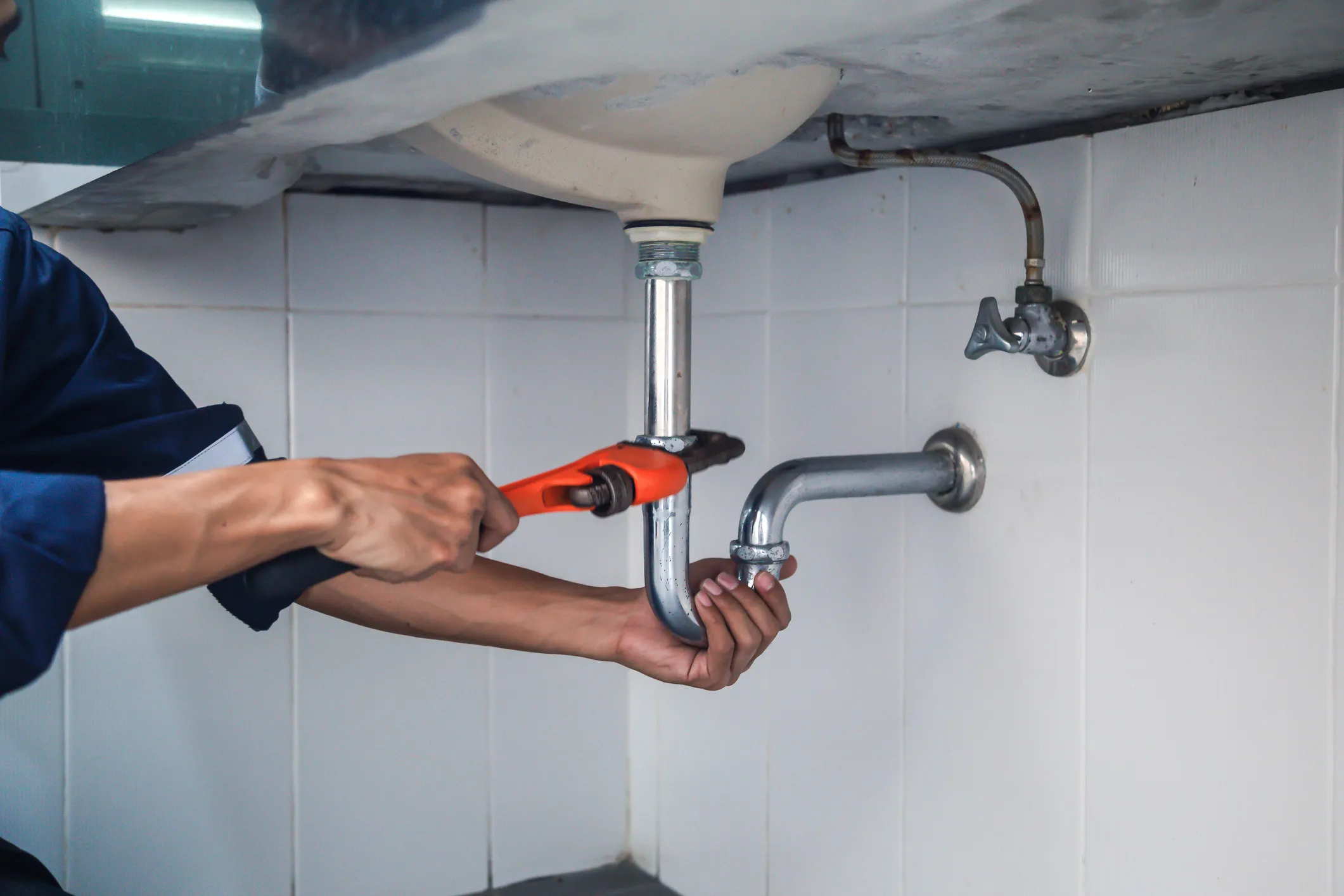When building or purchasing a new home, understanding the insurance requirements for new home plumbing is crucial. Proper insurance coverage not only safeguards your investment but also ensures that you are prepared for any unforeseen plumbing issues that may arise. Navigating these requirements can be daunting, but with the right information, you can confidently manage your new home’s plumbing insurance needs.

Understanding the Basics of Plumbing Insurance
Plumbing insurance is a subset of homeowners insurance that specifically covers damage or issues related to your home’s plumbing system. This coverage is essential as it protects against water damage, plumbing malfunctions, and potential liabilities. It’s important to note that while standard homeowners insurance policies may offer some level of plumbing coverage, additional protection might be necessary for new homes.
Why is Plumbing Insurance Important?
Plumbing insurance is important because it provides financial protection against unexpected plumbing issues, such as leaks, burst pipes, or faulty installations. Without proper coverage, homeowners could face significant repair costs, which can be financially burdensome.
Common Plumbing Issues in New Homes
New homes, despite being newly constructed, can still experience plumbing issues. Common problems include incorrect installations, defective materials, and pressure problems. Understanding these issues can help homeowners make informed decisions about their insurance needs.
Choosing the Right Insurance Policy
Selecting an appropriate insurance policy is crucial for protecting your new home’s plumbing system. Consider policies that offer comprehensive coverage for plumbing-related damages and potential liabilities. It’s also important to review policy details and limitations to ensure adequate protection.
Key Components of Plumbing Insurance
Plumbing insurance policies typically include several components. These may cover repair costs, replacement of damaged parts, and liability protection. It’s essential to understand these components to ensure you have the right coverage.
Repair and Replacement Coverage
This component covers the cost of repairing or replacing damaged plumbing components. It ensures that homeowners are not financially burdened by unexpected repairs.
Liability Protection
Liability protection is crucial as it covers potential legal costs if plumbing issues cause damage to a neighbor’s property or result in injury. This coverage provides peace of mind for homeowners.
Steps to Obtain Plumbing Insurance
Obtaining plumbing insurance involves several steps. Start by assessing your plumbing system, determining your coverage needs, and obtaining quotes from reputable insurance providers. Comparing different policies can help you find the best coverage for your new home.
Evaluating Your Plumbing System
Before obtaining insurance, evaluate your plumbing system to identify potential risks or problem areas. This assessment can help determine the level of coverage needed.
Obtaining Insurance Quotes
Request quotes from multiple insurance providers to compare coverage options and pricing. Be sure to consider the policy details and any exclusions that may apply.
Common Exclusions in Plumbing Insurance
While plumbing insurance provides valuable protection, it’s important to be aware of common exclusions. These may include pre-existing conditions, intentional damage, and certain types of water damage. Understanding these exclusions can help you manage your expectations and plan accordingly.
Pre-Existing Conditions
Many insurance policies exclude coverage for pre-existing plumbing issues. It’s important to address any known problems before obtaining insurance to ensure full coverage.
Intentional Damage
Insurance policies typically do not cover intentional damage caused by the homeowner. Understanding this exclusion can help prevent coverage disputes.
Tips for Maintaining Your Plumbing System
Maintaining your plumbing system is essential for preventing issues and ensuring your insurance coverage remains valid. Regular maintenance can help identify potential problems early and reduce the risk of costly repairs.
Regular Inspections
Schedule regular inspections with a professional plumber to assess your system’s condition. These inspections can help identify issues before they become major problems.
Preventive Measures
Implement preventive measures, such as installing water detectors and maintaining proper water pressure, to reduce the risk of plumbing issues.
Additional Resources
For more information on plumbing requirements and insurance, consider visiting This Old House. Additionally, explore [Plumbing Planning Tips](https://ljkruse.com/plumbing-planning-for-new-homes-tips-and-tricks) for advice on planning and maintaining your home’s plumbing system.
FAQs
What is covered under plumbing insurance?
Plumbing insurance typically covers repair and replacement costs for damaged plumbing components, as well as liability protection for damage caused to others.
How can I determine the right coverage for my new home?
Evaluate your plumbing system and consult with an insurance provider to determine the appropriate coverage based on your home’s specific needs.
Are there any exclusions in plumbing insurance policies?
Common exclusions include pre-existing conditions, intentional damage, and certain types of water damage. It’s important to review policy details to understand these exclusions.

Conclusion
Understanding the insurance requirements for new home plumbing is essential for protecting your investment and ensuring peace of mind. By selecting the right insurance coverage and maintaining your plumbing system, you can safeguard your new home against potential issues and liabilities.
This article contains affiliate links. We may earn a commission at no extra cost to you.




